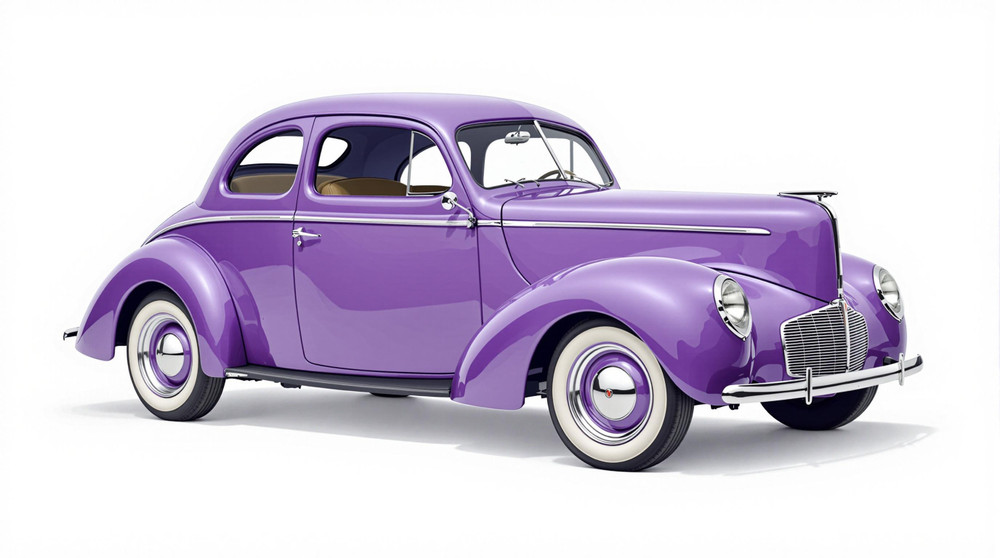Image of 1939 Willys Model 48, Note: These illustrations use artistic license and may differ from actual historical models.
Performance Metrics
Fundamental Metrics
Emotional Appeal
MMP Rating
| Engine Specifications | |
|---|---|
| Engine: | L-head inline 4-cylinder |
| Displacement: | 134 cu in (2.2 L) |
| Horsepower: | Estimated 48-63 hp |
| Torque: | 100 lb-ft |
| Compression Ratio: | Estimated 6.48:1 |
| Ignition System: | Battery and coil |
| Cooling System: | Water-cooled |
| Performance Specifications | |
| 0-60 Time: | Information not available |
| 1/4 Mile Time: | Information not available |
| Top Speed: | 65-70 mph |
| Transmission and Drive | |
| Drive Type: | Rear-wheel drive |
| Transmission Type: | 3-speed manual |
| Fuel and Efficiency | |
| Fuel System Type: | Carburetor |
| MPG: | Information not available |
| Dimensions and Brakes | |
| Brakes: | Hydraulic drum brakes |
| Wheelbase: | 102.75 in (2,610 mm) |
| Weight: | 2,420 lb (1,100 kg) |
Note: Specifications for classic cars are given to the best of our ability, considering the limited and variant data available.
Unveiling the 1939 Willys Model 48: An Emblem of Pre-War Ingenuity
Stepping into the spotlight of automotive history, the 1939 Willys Model 48 emerges as a testament to design and innovation during an era on the cusp of global change. Crafted by Willys-Overland Motors, a company with roots dating back to the early 20th century, this vehicle represents a blend of affordability and simplicity at a time when America was recovering from the Great Depression and edging toward World War II. A unique fact that piques interest is that the Model 48's utilitarian design would later pave the way for the legendary Willys MB Jeep, an icon of wartime mobility.
Design and Innovation: The Artistry of Simplicity
The exterior of the 1939 Willys Model 48 was a display of understated elegance and functional design. With its rounded fenders, upright grille, and poised stance, it exuded a sense of durability and no-nonsense charm. Inside, passengers were greeted with a cabin that prioritized practicality over luxury. Materials were robust, chosen for longevity rather than opulence, yet there was an air of craftsmanship in every seam and joint. Technologically, the Model 48 offered features that were advanced for its price point, including an all-steel body construction that provided increased safety and rigidity. Color options ranged from modest hues to more vibrant shades, with popular choices reflecting the somber mood of the era or the optimistic spirit that characterized American resilience. Body styles varied from sedans to coupes, with the two-door sedan being particularly iconic for its balanced proportions and family-friendly appeal.
Historical Significance: Paving Roads Less Traveled
The Willys Model 48's impact on automotive design was subtle yet significant. It set itself apart with its focus on affordability without sacrificing reliability—a philosophy that resonated with a recovering American populace. Its lasting influence is most notably seen in its contribution to the development of military vehicles that would become crucial in wartime efforts just a few years later.
Performance and Handling: The Heartbeat of an Era
Performance-wise, the Model 48 was not built for speed but rather for endurance. Its top speed and acceleration were modest by today's standards but were more than sufficient for the roads and expectations of its time. Handling was predictable and sturdy; drivers could navigate both city streets and country roads with confidence. Behind the wheel, one would find a sense of connection to the machine—a raw driving experience where every hum and vibration told a story of American engineering.
Ownership Experience: Beyond Just Transportation
Owners of the 1939 Willys Model 48 often used their vehicles as daily drivers due to their reliability and ease of maintenance. While not necessarily designed as a show car or for racing, its robustness made it a common sight in parades and vintage car rallies. Maintenance was straightforward enough for the average owner to handle, ensuring these cars could remain on the road for decades.
Fun Facts: The Lesser-Known Chronicles
Among enthusiasts, whispers circulate about rare editions or those once owned by celebrities. While not known for breaking speed records, it held records of another kind—durability and sales during challenging economic times. Its role in historical events may be overshadowed by its military successor's fame, but it remains an unsung hero to those who know its story. Common criticisms often revolve around its lackluster performance metrics—yet such views miss the point of this car's place in history.
Collector's Information: A Treasure in Plain Sight
Today, estimating the value range for collectors can be challenging due to varying conditions and provenance; however, pristine examples may fetch significant sums from dedicated enthusiasts. Rarity is moderate as many were produced; however, survivors are less common due to their age and use during wartime scrap drives. Price trends suggest appreciation for well-maintained or restored models as they capture a slice of pre-war Americana.
Conclusion: Celebrating an Unsung Hero
The 1939 Willys Model 48 may not have been the fastest or most luxurious car of its time, but it stood as a beacon of accessibility and dependability—an automotive embodiment of American resilience. As we reflect on this vehicle's journey through history, we are reminded that greatness often lies not in grandeur but in steadfastness—a quality that this humble car displayed in spades.
1939 Willys Model 48 Catalog of Parts
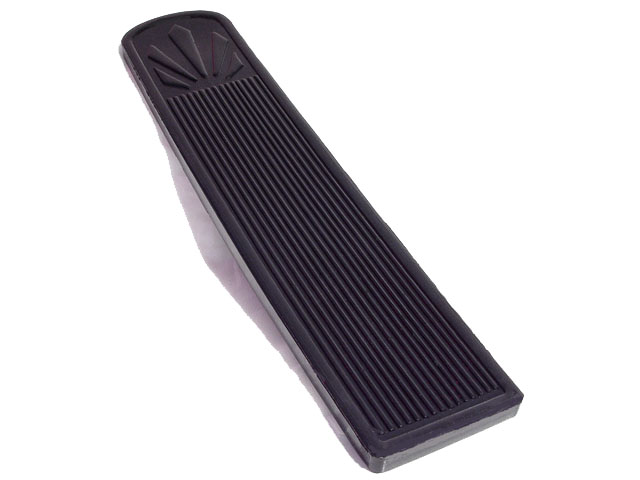 1939 Willys Model 48 Accelerator Pad. 2" Wide X 9-3/8" Long. Each-AP 35Accelerator Pad. 2" Wide X 9-3/8" Long. Each
1939 Willys Model 48 Accelerator Pad. 2" Wide X 9-3/8" Long. Each-AP 35Accelerator Pad. 2" Wide X 9-3/8" Long. Each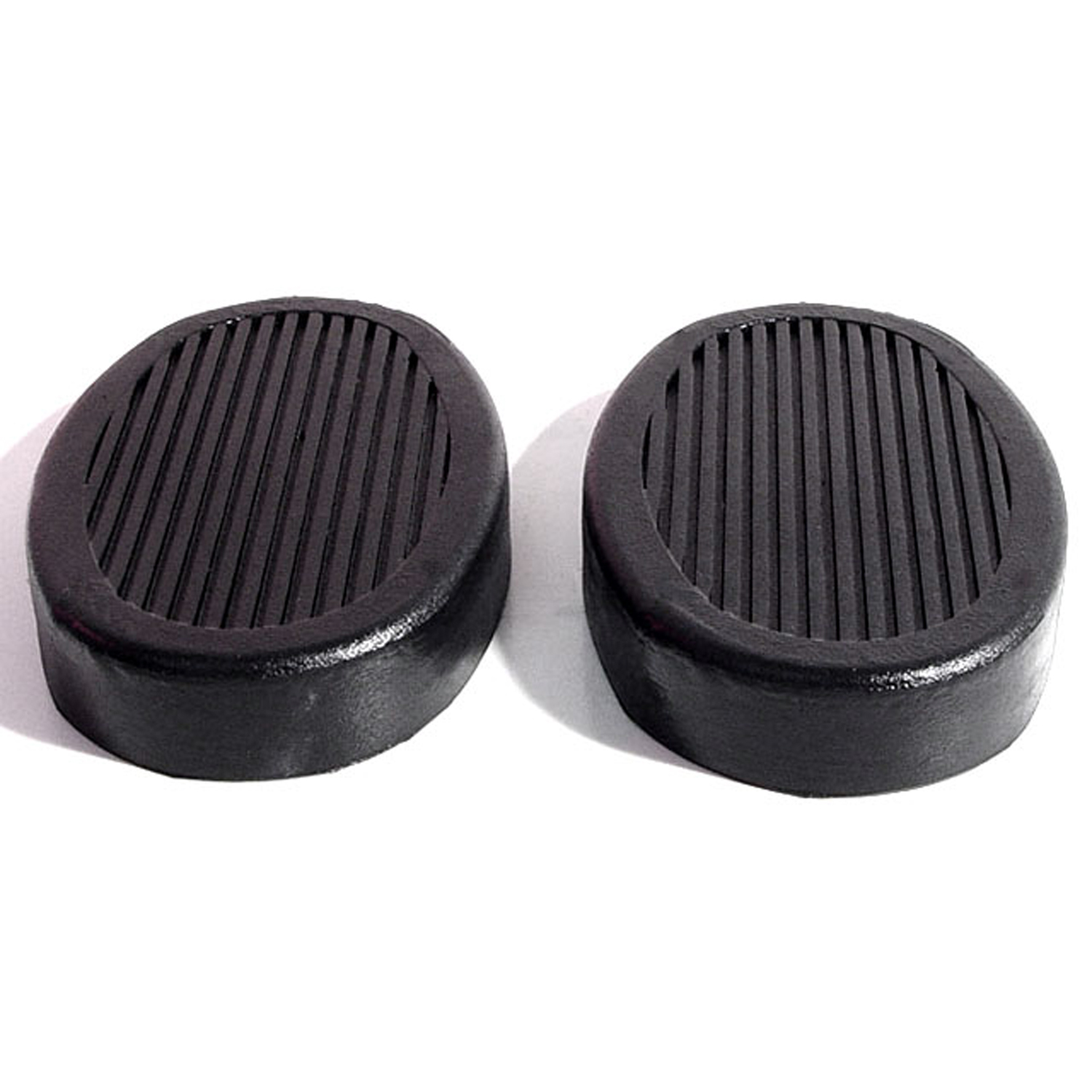 1939 Willys Model 48 Clutch and Brake Pedal Pads. Exact reproduction-CB 96Clutch and Brake Pedal Pads. Exact reproduction. 2-3/16" wide X 3-5/16" long. Pair
1939 Willys Model 48 Clutch and Brake Pedal Pads. Exact reproduction-CB 96Clutch and Brake Pedal Pads. Exact reproduction. 2-3/16" wide X 3-5/16" long. Pair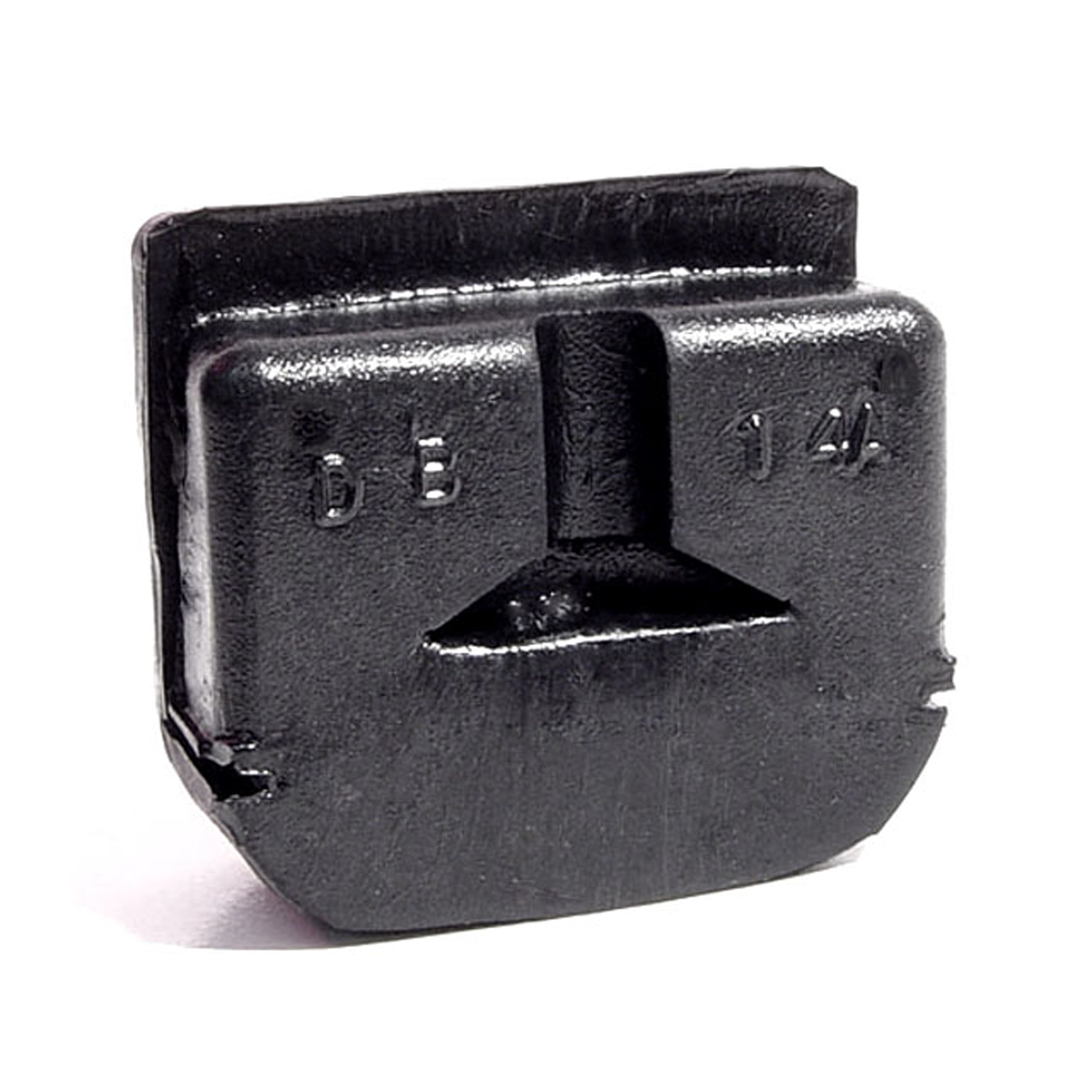 1939 Willys Model 48 Door Bumper. Exact reproduction-DB 14-ADoor Bumper. Exact reproduction. 1-3/16" high X 1-9/16" wide X 9/16" thick. Each
1939 Willys Model 48 Door Bumper. Exact reproduction-DB 14-ADoor Bumper. Exact reproduction. 1-3/16" high X 1-9/16" wide X 9/16" thick. Each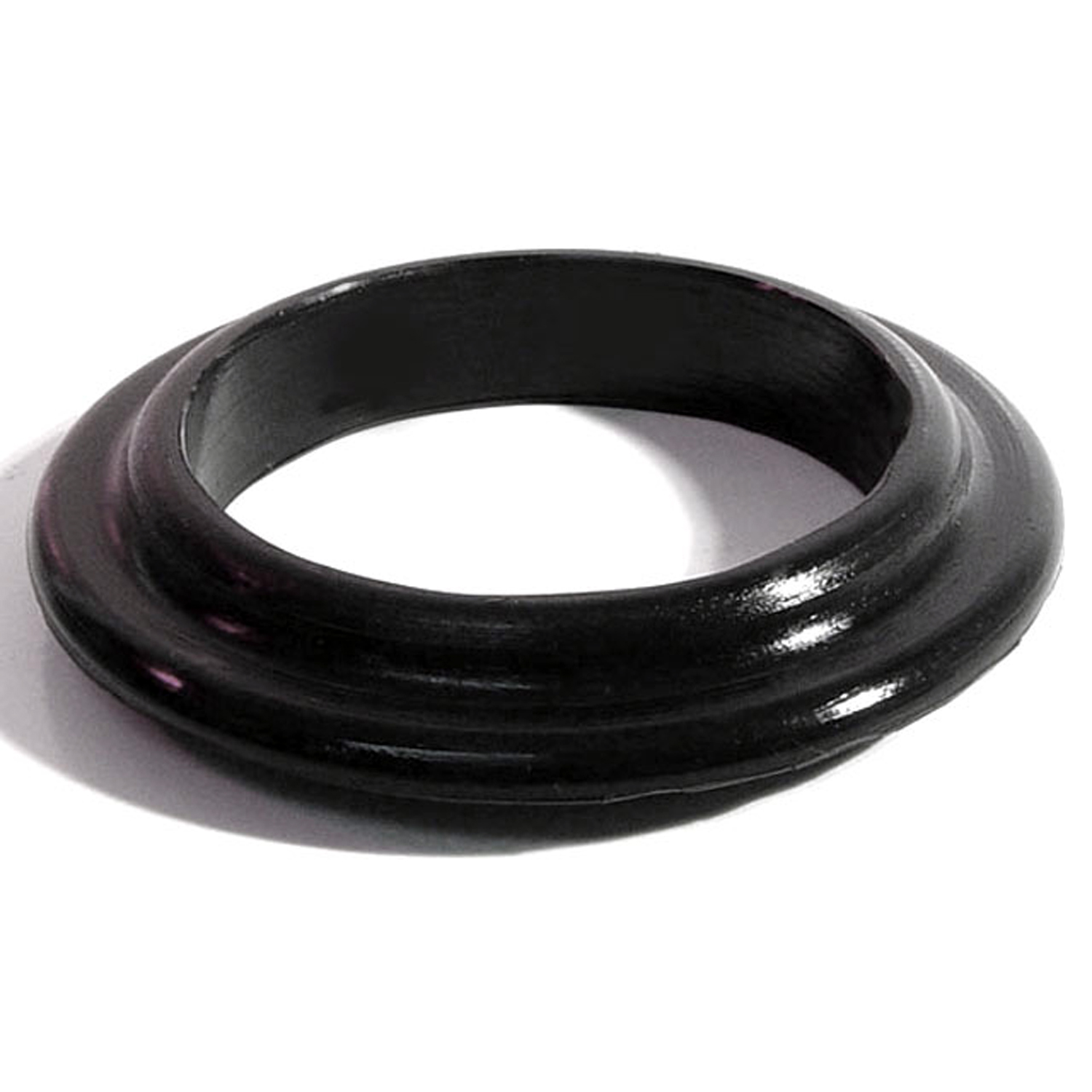 1939 Willys Model 48 Gas Filler Grommet. 2-1/4" I.D., 3-1/4" O.D. Each-GF 29Gas Filler Grommet. 2-1/4" I.D., 3-1/4" O.D. Each
1939 Willys Model 48 Gas Filler Grommet. 2-1/4" I.D., 3-1/4" O.D. Each-GF 29Gas Filler Grommet. 2-1/4" I.D., 3-1/4" O.D. Each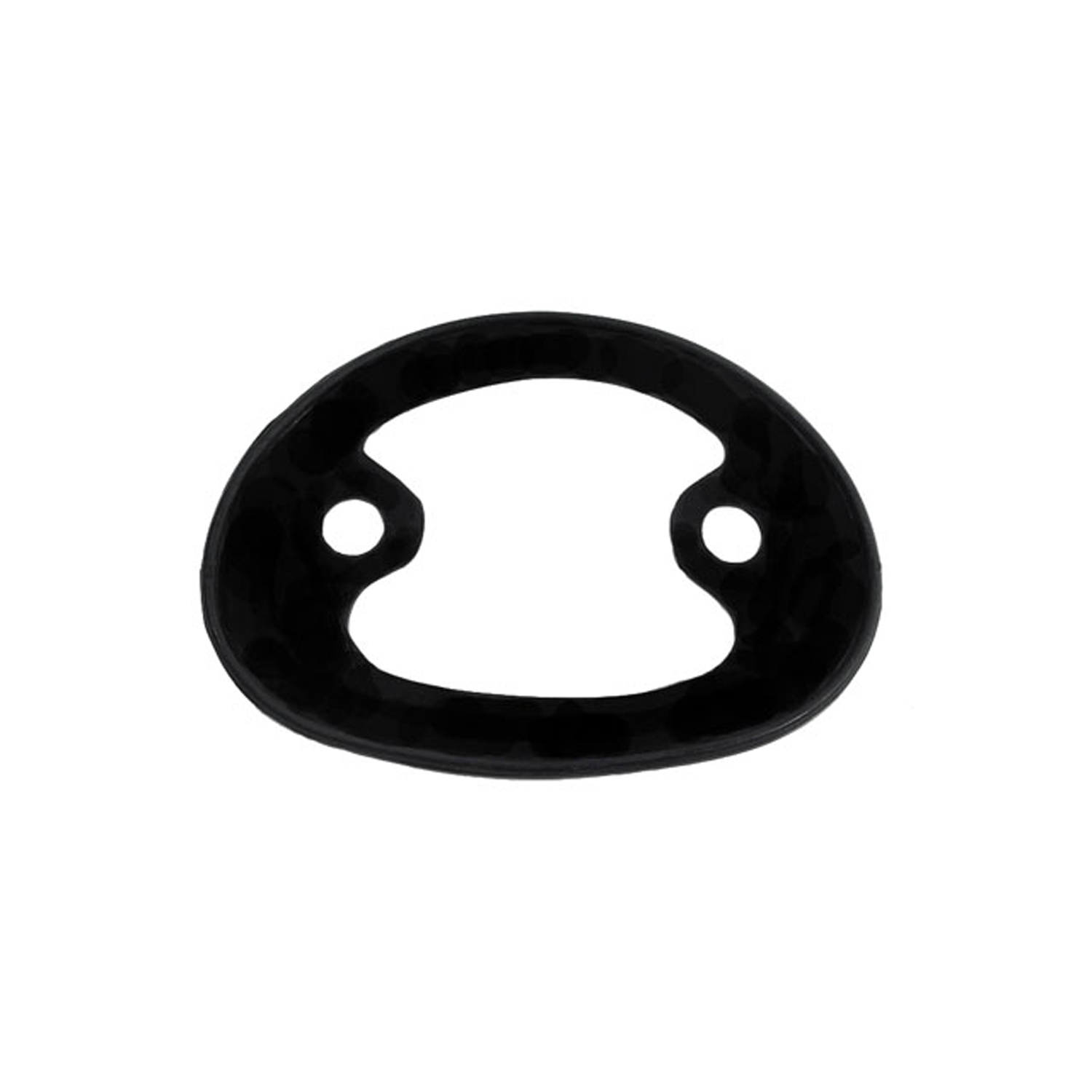 1939 Willys Model 48 License Light Pad. 5-1/2" wide X 4-1/8" long. Each-MP 1303-BLicense Light Pad. 5-1/2" wide X 4-1/8" long. Each
1939 Willys Model 48 License Light Pad. 5-1/2" wide X 4-1/8" long. Each-MP 1303-BLicense Light Pad. 5-1/2" wide X 4-1/8" long. Each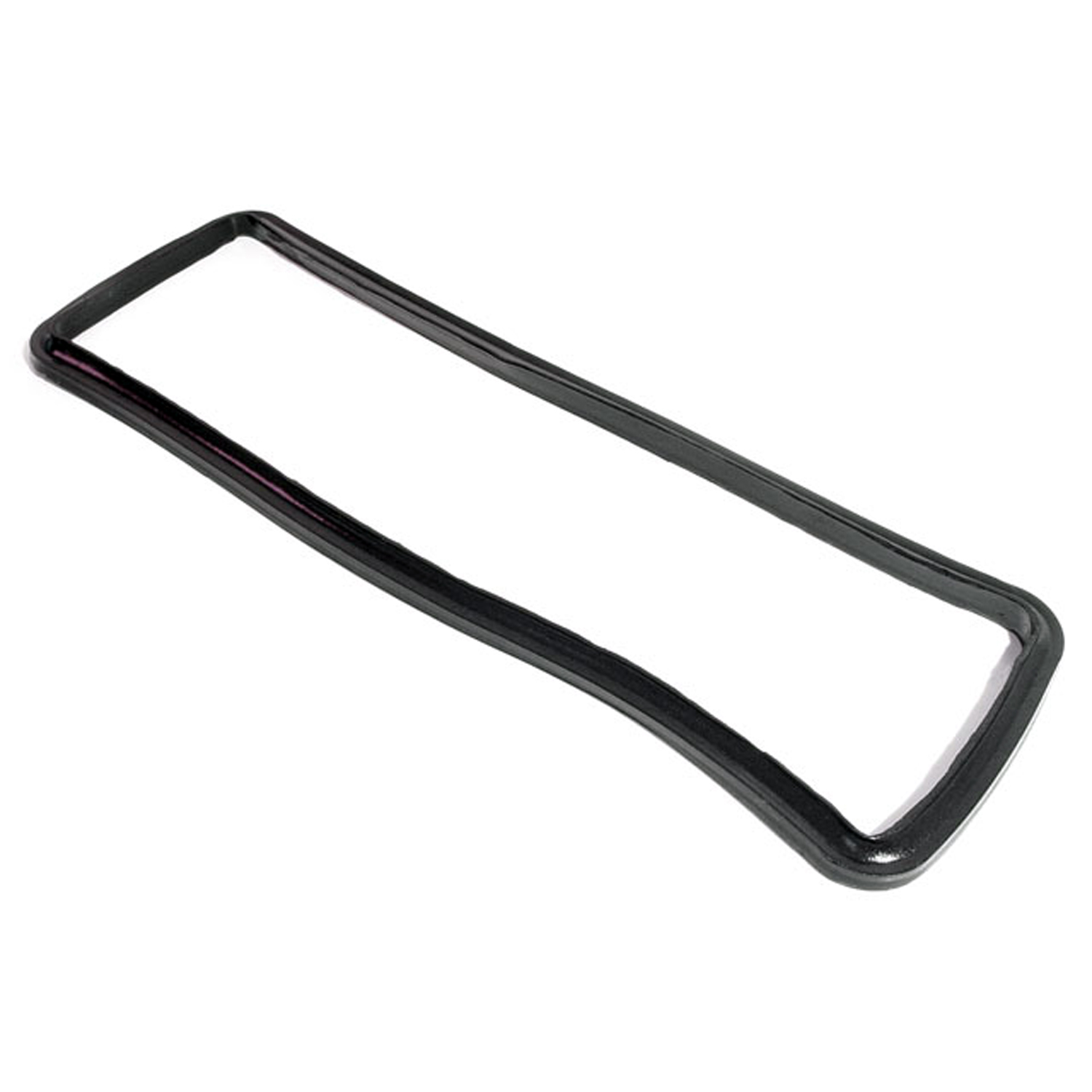 1939 Willys Model 48 Cowl Vent Seal. Made of molded sponge-RP 100-GCowl Vent Seal. Made of molded sponge. 3-3/4" wide X 11-1/4" long. Each
1939 Willys Model 48 Cowl Vent Seal. Made of molded sponge-RP 100-GCowl Vent Seal. Made of molded sponge. 3-3/4" wide X 11-1/4" long. Each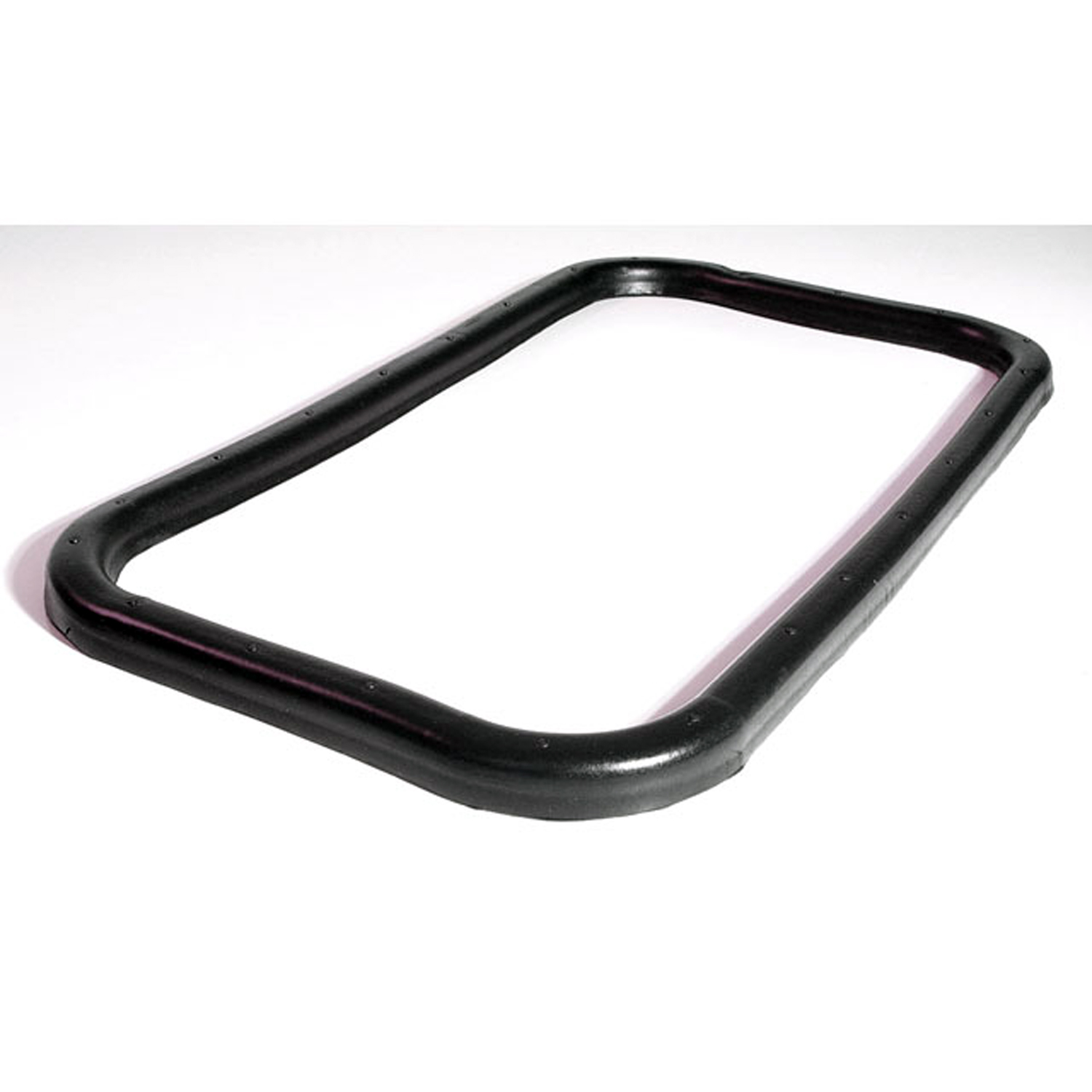 1939 Willys Model 48 Hood to Cowl Vent Seal. Made of molded sponge-RP 100-HHood to Cowl Vent Seal. Made of molded sponge. 7-5/8" wide at side X 13-3/8" long. Each
1939 Willys Model 48 Hood to Cowl Vent Seal. Made of molded sponge-RP 100-HHood to Cowl Vent Seal. Made of molded sponge. 7-5/8" wide at side X 13-3/8" long. EachWhy Choose Metro?
For over 100 years, Metro Moulded Parts has been the pinnacle of quality in classic car restoration parts. Our commitment to precision and authenticity in every component ensures a perfect fit and an OEM-level appearance.
- Expert Craftsmanship & Quality: Each part is a testament to our dedication to reliability and perfection, crafted from original designs and thoroughly tested.
- Advanced Technology: We use cutting-edge techniques to create flawless, long-lasting parts that surpass others in performance.
- SuperSoft Sponge – The Ultimate Door Seal: Not only are our door seals 30% softer than competitors', but they're also guaranteed to never leak. They effectively reduce wind and road noise, enhancing your classic car's comfort and driving experience.
- Proudly American: Our parts are a product of American craftsmanship, made in the USA with a spirit of excellence and heritage.
- Unrivaled Warranty: We back our products with a 30-year industry-leading warranty, a testament to our confidence in their quality.
Join us in preserving the legacy of classic cars with parts that are crafted for perfection, not just made.

